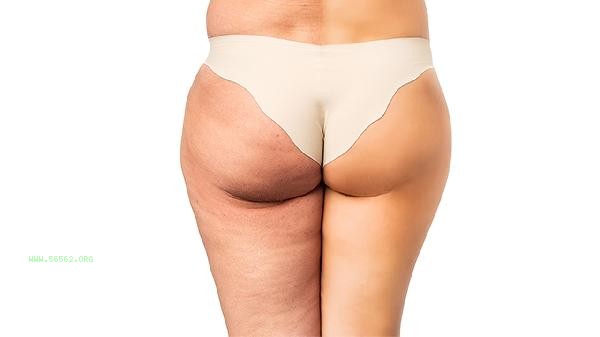Exercising gluteal muscles requires attention to standardized movements, intensity control, and recovery management to avoid sports injuries and improve training effectiveness.

1. Movement Standards
When squatting, keep your back straight, knees not exceeding your toes, and squat until your thighs are parallel to the ground. Hard pulling requires tightening the core muscle group, with the hip joint leading the force to avoid lumbar compensation. The buttock bridge movement should fully contract the buttock muscles and maintain a brief pause at the peak. Incorrect movements may lead to knee or lumbar injuries. It is recommended that beginners practice under the guidance of a coach.
2. Intensity Control
Schedule 2-3 specialized training sessions per week, selecting 4-6 movements per session and repeating 12-15 times per group. It is advisable to choose a weight that is slightly difficult to complete the last two movements, and avoid using loads beyond control. Pay attention to resting between groups for 60-90 seconds during training to prevent excessive muscle fatigue from affecting the quality of movements.
3. Recovery management
Relax the foam axis and perform static stretching within 48 hours after training, focusing on gluteus maximus, piriformis and other parts. Supplementing with high-quality protein and carbohydrates promotes muscle repair, ensuring a sleep duration of at least 7 hours. If persistent soreness occurs, training should be paused, and if necessary, hot compress should be used to relieve muscle tension.

4. Gradual Load
Adjust the training plan every 2-3 weeks, which can increase intensity by increasing weight, reducing inter group rest, or adding variant movements. Advanced movements such as single leg hip bridge and Bulgarian split leg squat can better activate the hip muscles. Avoid prolonged use of the same weight and action mode that may cause platform failure.
5. Comprehensive activation
Before training, perform a 5-10 minute dynamic warm-up, such as crab steps, kneeling and leg lifting, to activate the gluteal muscles. Formal training requires balanced development of the gluteus maximus, gluteus medius, and gluteus medius muscles, strengthening weak muscle groups through lateral leg lifting, clamshell opening and closing movements. Adding balance exercises after training enhances neuromuscular control ability.

Daily activities such as climbing stairs and cycling can help maintain hip muscle strength and avoid muscle atrophy caused by prolonged sitting. Stop immediately and seek medical examination if there is joint clicking or tingling sensation during training. It is recommended to combine aerobic exercise and dietary management, as high body fat percentage can affect the visualization of hip muscle lines. Long term adherence to scientific training can effectively improve hip shape and prevent compensatory injuries to the waist.








Comments (0)
Leave a Comment
No comments yet
Be the first to share your thoughts!